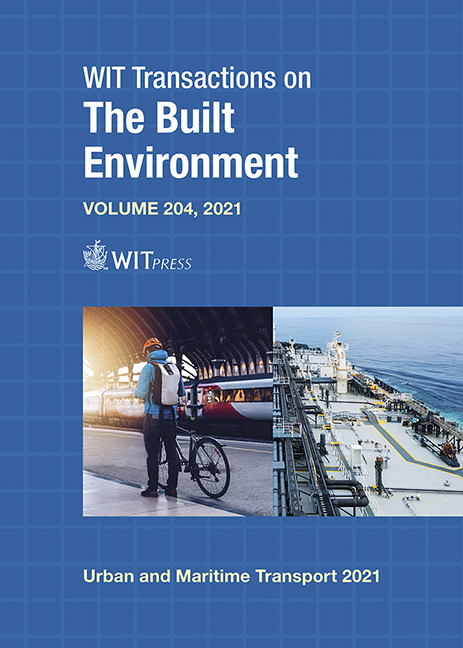STRUCTURAL FACTORS FOR A THIRD-GENERATION PORT: BETWEEN HINTERLAND REGENERATION AND SMART TOWN IN GIOIA TAURO, ITALY
Price
Free (open access)
Transaction
Volume
204
Pages
12
Page Range
79 - 90
Published
2021
Paper DOI
10.2495/UT210071
Copyright
Author(s)
FRANCESCO RUSSO, PAOLA PANUCCIO, CORRADO RINDONE
Abstract
The nodes of the TEN-T network are characterized by being reference places within the territories. High-speed stations, airports and international ports are increasingly becoming places of trade and therefore of added value production. In this sense, in addition to the primary functions for which they were born, they tend to assume others. The full development of a third-generation port implies the creation of some basic services that allow the port and the industrial areas closely connected to fully develop the port activities and logistics related to them. The port must maintain the characteristics of a highly productive system, but at the same time, the population of hinterland centers has to participate in the growth of the port, without inducing constraints on the activities of the port but, on the contrary, constituting residential rules areas with evolved characteristics. In other words, the port must be an opportunity for integrated development of the hinterland. By defining the area of direct integration, it is necessary to using some guiding international principles: from one side the port needs to have a service district and a residential pole that can share with hinterland municipalities; from the other side the actual urban sprawl can be modified regenerating the urban spaces of all nearby centers, and integrating the regenerated centers, according to the principles of smart cities. In the note, after the analysis of the development guidelines carried out at the international level, some nodes of the Italian transport core network TEN-T are recalled, that are characterized by being born as places exclusively aimed at transport activities. On this basis, the paper, referring to the real case of Gioia Tauro port, analyses the contribution that the territory can make for the full construction of a third-generation port.
Keywords
third port generation, smart city, new town, urban regeneration





